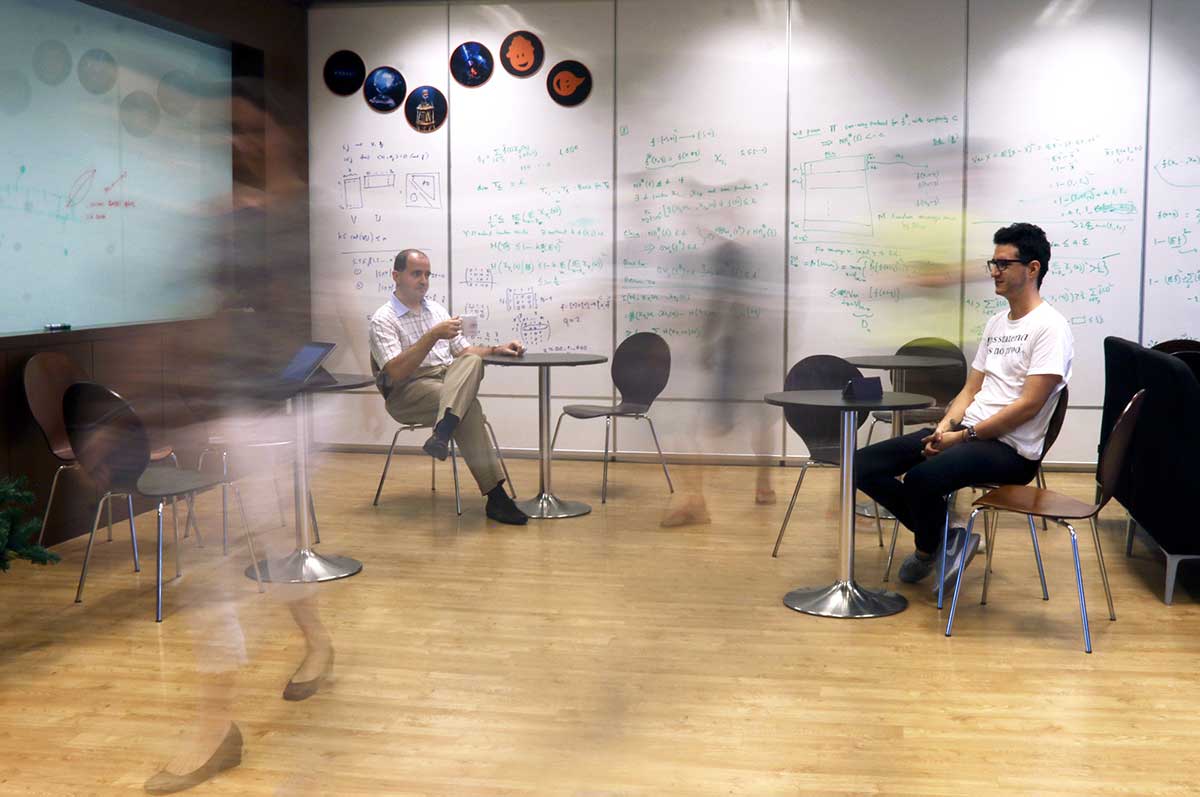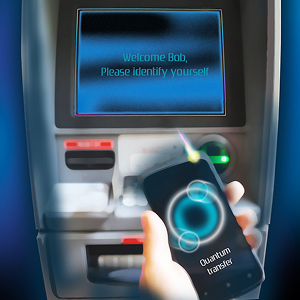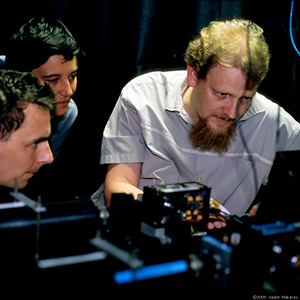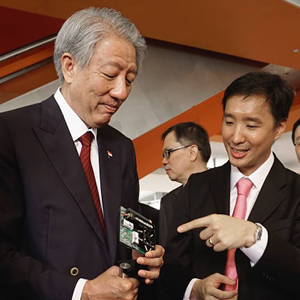Highlights
Going covert: a security step above encryption

CQT's Valerio Scarani (left) and Juan Miguel Arrazola (right) have shown that two parties can hide a quantum signal sent between them within background noise: keeping secret not only the contents of their message but also the fact that they are in conversation. The work is published in Physical Review Letters.
Imagine that you need to send a message so secret that no-one can even know you've sent it. This is a step above encryption, and CQT's Juan Miguel Arrazola and Valerio Scarani have shown that it should be achievable with quantum signals.
The researchers have published their proposal in Physical Review Letters and are planning experiments to follow.
Surprise!
The idea of concealing a message's very existence is known as 'covert communication'. Juan Miguel and Valerio draw an analogy in their paper with the problem of organising a surprise birthday party. If the person the party is for sees the invitation cards going out, they may guess something's up even without knowing the contents of the envelopes. The invitations need to be issued covertly to guarantee the surprise.
Covert communication would also come in handy for any parties who prefer to keep their relationship hidden.
In recent years, researchers have found ways to send classical information covertly. The general approach is to disguise the information within the background noise on a communication channel. The sender and receiver agree in advance the precise position or timing of their signals, allowing the receiver to pluck the message from the noise. Meanwhile, anyone eavesdropping on the channel thinks that everything's just noise.
Juan Miguel and Valerio are the first to consider such protocols for quantum scenarios. They find that it's possible to hide signals that are single photons or coherent states of multiple photons. They also propose a way for quantum covert communication to be self-sustaining, exploiting quantum key distribution.
A new paradigm
"People in the field of quantum communication are hungry for new ideas. Quantum key distribution has dominated research, but it's now come to the stage where that is very advanced in theory and practice. When we put this paper out, many people were interested," says Juan Miguel.
Quantum key distribution (QKD) is a technique to create a shared secret key – a random string of bits – by measurement of the quantum states of particles.
Covert communication needs a secret key: that's what defines the agreed timings for the message bits. In the classical case, it is presumed the communicators have somehow managed to agree a key that matches or exceeds the length of their message. Once the key is used up, communication must stop.
Juan Miguel and Valerio show that covert QKD can regenerate the secret key for covert communication. It works with the help of a pseudo-random number generator (PRNG) at each end of the channel. The random bits generated by the QKD act as an input for the PRNG, which then outputs a longer string of bits used to determine the next communication timings.
But QKD's not the end of it. The pair's simple protocol for hiding quantum signals is general. It will work for any technique that relies on sending a sequence of quantum bits. "It's a new paradigm for us to think about," says Valerio, who is interested in exploring how it could apply to the determination of quantum states.
Working with single photons will bring some overheads. Sending a covert message of 100 bits could take an hour, estimates Juan Miguel. This is because the single photons of the message must be detectable but not stand out from background noise. To achieve this, the signal photons must be spread widely among the noise photons to make the risk very small of the eavesdropper detecting anything amiss.
The two theorists are in discussions with experimental scientists in China to test the approach – first trying the covert protocol with classical bits before testing it with quantum bits. A final-year NUS undergraduate is working with them on a project to determine the best experimental parameters.









